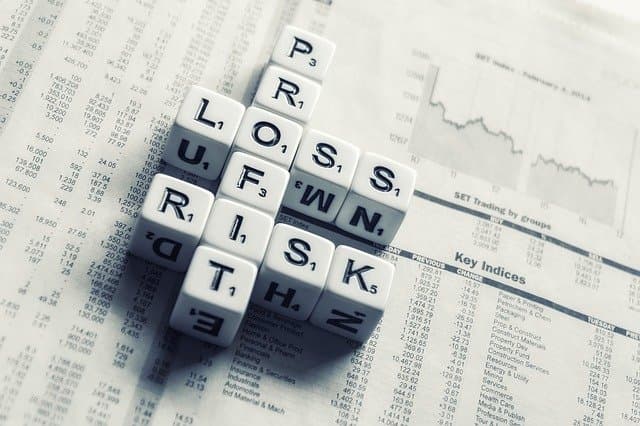
What does Leverage in Forex Trading Mean?
Leverage in forex trading is used to profit from price fluctuations in currencies pairs.
A leverage is a loan from a Forex broker to a trader or investor. It is expected that the trader maximizes his loan privilege to trade multiple times than his actual account size.
For instance, an account size of $100 with a leverage of 1:500 means that a trader has the choice of applying leverage to the maximum and profit 500 times in a single trade.
This means that a trader can earn $50,000 if he applies the maximum allowable leverage from the broker. Leverage is often a catch to many new investors, the more leverage or loan an investor gets, the more money he and the broker could likely make.
From the broker’s perspective, if a trader with an account size of $10,000 applies the maximum leverage, the broker then has $5,000,000 within its coffers registered in the name of the trader.
Obviously, leverage is a profitable forex tool in the hands of a trader. Leverage allows him open a trade beyond his capital, enabling him profit more in a single lot. In case of a win, he benefits far above what he would have gained if he was limited to his capital.
SEE ALSO: Starting Out? 5 Forex Day Trading Techniques to Adopt.
What Leverage Size is Better?
Having considered leverage as a profit tool in the hands of a trader, it’s worthy to note that excessive leverage also has its downsides when used recklessly.

Leverage has a direct impact on the maximum size of a position. For instance, a trader may decide to trade the EUR/USD pair with a standard lot of 10,000 units of the base currency. If he applies 1:200 leverage, this translates to $200 per lot and a maximum opening of 50 lots.
If he decides to ramp up to 1:1000, he can do a max of 10 lots but with a more sizable margin giving the trader the advantage of managing bigger lots.
The most popular forex leverage is 1:100.
Remember trading currencies has no guarantees, the size of leverage applied could also impact negatively if your trade goes south.
How to Choose the Right Leverage

Choosing the right balance of leverage creates anxiety in a trader’s mind especially when losing money is the direct opposite of making profits. How much leverage is decent and when could I going overboard?
The rule of thumb in currency trading is to stake between 1% – 2% of your trading capital per trade while initiating a stop loss. Many traders forget the last part only to initiate a stop loss when trades are hitting rock bottom. It’s recommended to decide where your stop would be even before opening a position.
SEE ALSO: How to Place a Stop Loss During Trading.
Choosing the right leverage is relative to your risk appetite, account size, strategy and trading experience. However, the most experienced traders trade with caution as the forex market is instantaneously influenced by a lot of factors which a trader has no control over.
How to Calculate Leverage
Calculating leverage is pretty straightforward. To calculate leverage in forex, apply the formula below:
Leverage = 1/Margin = 100/Margin%.
Let’s apply this in an example.
Example 1
Calculating Leverage
If the margin on a trade is 0.05, this means that the margin percentage is 5%.
Leverage = 1/0.05 = 100/5 = 20
Example 2
Calculating Margin
A trader decides to trade the EUR/USD with an account balance of $1,000 and a leverage of 1:100. The trader opens a buy position with a volume of 10,000 units. The position is opened at $1.1801 and a stop loss order set at $1.1701.
Margin = $10,000 x 1/100 x 1.1801 = $118.01
Since 1pip value is equals to $1, if the market goes south, the trader loses $100 for 10,000 units at a stop loss of 1.1701.
It’s important to set a stop loss in every trade to avoid losing a lot of money.
Reminder
To manage risk effectively while trading, use a combination of:
- Trailing stops (apply multiple stops along the curve)
- Open a small position size at a time.
- Invest not more than 1%-2% of capital per trade.

Are Traders Forced to Use Leverage?
Ideally, no one is forced to use leverage. However, leverage is often used as a hook for traders eager for gains with small to mid-sized accounts.
Broker companies coerce traders to use leverage because it could turn in more profits for the traders and ultimately, the company gets a share in commissions, fees and improved financials.
Leverage is good depending on how you use it. It can also be a devastating tool if handled carelessly.
Final Thoughts
Remember, no one owns the forex market and as mentioned earlier, prices are determined by multiple market influences. It is recommended to trade with caution. With the right balance in the application of leverage and proper risk management of capital. Forex trading can be a very profitable venture.
Wish you a successful trading.
Read More





